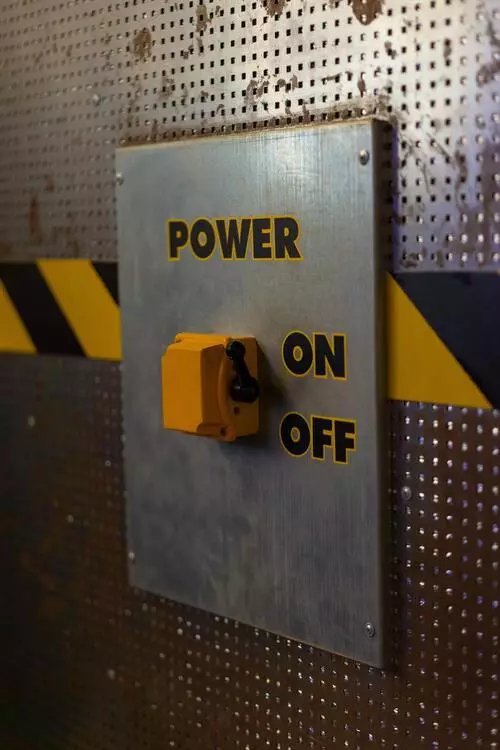Industrial dryers are complex devices manufactured for the technological drying of materials. High-powered machines remove moisture from items and mixtures, which makes them an essential part of:
- Wood processing
- Paint industry
- The concrete industry
- Asphalt concrete base production
- Sintering industry
- Insulation material production
- The pharmaceutical industry
Durable equipment is qualified to dry high volumes of materials with exceptional control and precision. In addition, solvent emissions may also be created.

Industrial dryers – Benefits, usage and operating systems
Industrial dryers is a common term to describe a wide array of efficient equipment with different operating systems. Machines such as continuous dryer, chamber dryer and rotary dryer were designed and configured to meet the specific needs of various manufacturing procedures and products. It’s necessary to select the appropriate device for the job based on size, type, specification, capabilities, features and application.
As with other industrial equipment, these machines are a substantial investment. However, when chosen adequately can last for decades. An accurate choice affects the performance and the quality of the final product. They are often used to:
- Protect materials from corrosion, rust
- To maintain the favourable properties of material during the processing, handling, storage and transportation
- Prevent the growth of bacteria and microbes
- Improve and enhance the usability or functionality of the product
The 3, most commonly used variations of industrial dryers – Chamber, rotary and continuous dryer
Continuous dryer, chamber and rotary dryer vary in operation systems, features and size of the production.
- Chamber dryer
The Chamber dryer is used for smaller series or limited edition products. It is designed with a chamber entailing an air duct channel with an airflow vent, fresh air supply, gas burner, outlet channel, electrical enclosure with a panel, moisture inlet and door. Products loaded onto a cart are pushed into the machine automatically or manually. Its features allow the user to adapt the moisture curve and temperature to the specific item.
That is extremely important for delicate materials, which can be dried by gradually increasing the temperature or blowing moisture into the chamber. Such machines were developed for product quality improvements, reducing the number of scraps and allowing for a more controlled and constant procedure.

- Continuous dryer
A continuous dryer accommodates an uninterrupted flow of materials throughout the procedure. The material travels through several zones with diverse chemical and physical processes, which affect the aridity and the quality of the end product. Based on the method of transportation through the machine, we differ:
- Transport chains
- Transport carts
- Conveyor belt
- Rotary pumps
In the initial zones, the dryer raises the product temperature. A high level of moisture is circulating in the air around the items. In the following zones, the level of moisture is increased. Proper temperature and moisture parameters control the precise outcome of the materials and prevent over-baking.
Because these continuous dryers don’t need to be cooled down, they require smaller energy investments. For best results, they are provided with gas burners, a moisture outlet system, a built-in recuperative burner, moisture and temperature monitors in different zones, a steering system and a user panel.

- Rotary dryer
The rotary dryer is intended for fine, delicate materials. The materials enter the drum, are heated directly (burner in the centre) or indirectly (burners in the jacket) and then exit the drum through an opening. The airflow travels from the air outlet to the air inlet, which creates contraflow.
The working temperature is between 100 and 250°C with a nominal material flow of 1500 kg/h, 4000 kg/h, etc. Rotary dryers are suitable for non-sticky and granular materials.

Overview of the drying process and how do industrial dryers work
Industrial dryers look simple, but the its method is not. The main task is to evaporate moisture from the products or material using mass transfer and heat. To tackle challenging practices they are equipped with the:
- Ventilation system (at least one airflow ventilator)
- Moisture derivation system
- Transport system so materials can be transported to and from the dryer
- Burner system
- Fresh air supply
Based on the method of transportation, they are divided into continuous and chamber dryers. The difference between the two is in the their cycle. Due to the process happening in the same area from start to finish, a chamber dryer is perfect for limited-edition items.
In the continuous dryer, the material moves through several zones where different phases of drying are happening. This type is ideal for larger productions. Industrial dryers have a cycle made of two complementing processes. The transition of water from the inner towards the outer surface and water vapour from the surface.
When the two work evenly the process is successful. A hot air breeze that releases “water bubbles” into the air is deployed through the entire surface of the plate. The speed depends on the structure of the substances being dried. Non-sensitive materials usually take a shorter time, whereas delicate ones may take longer.

